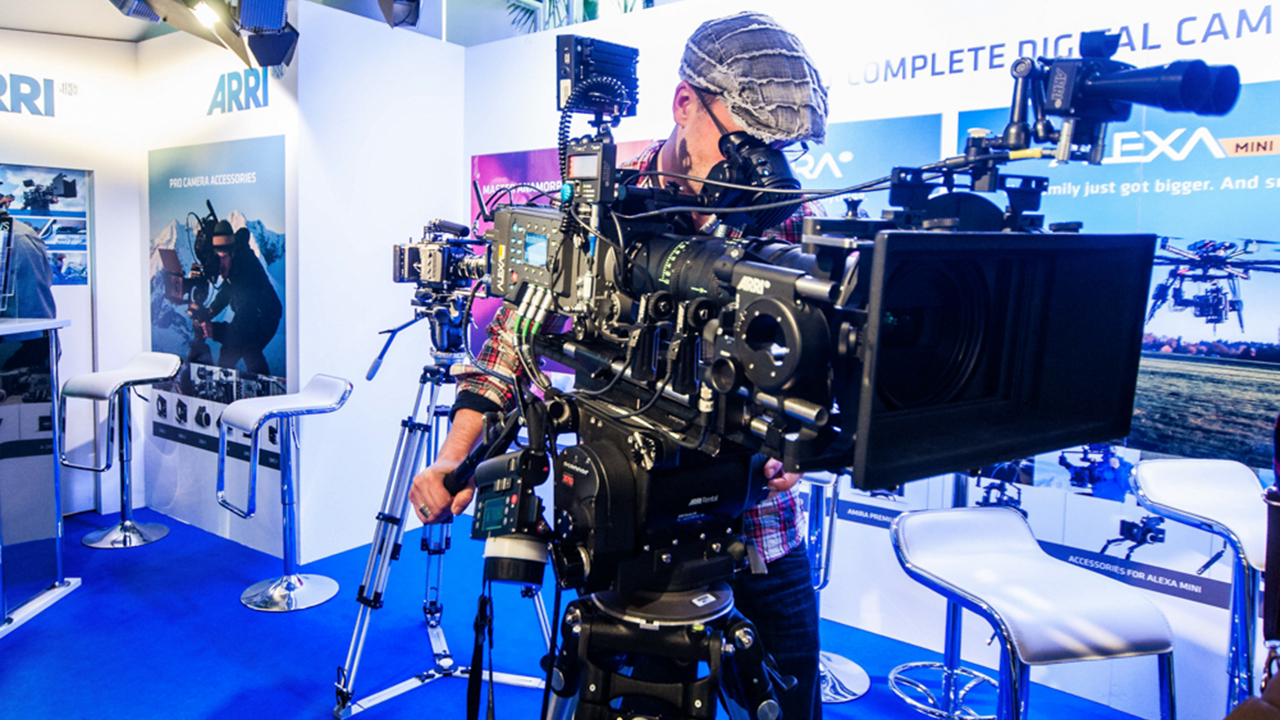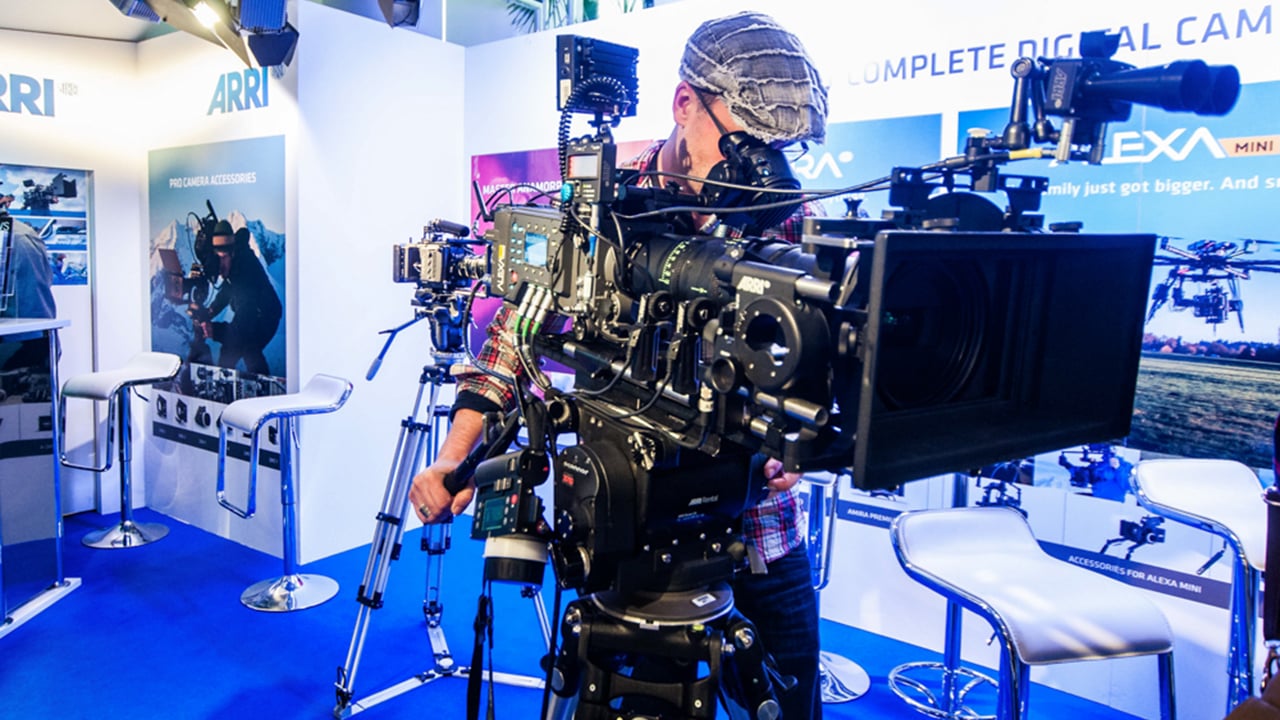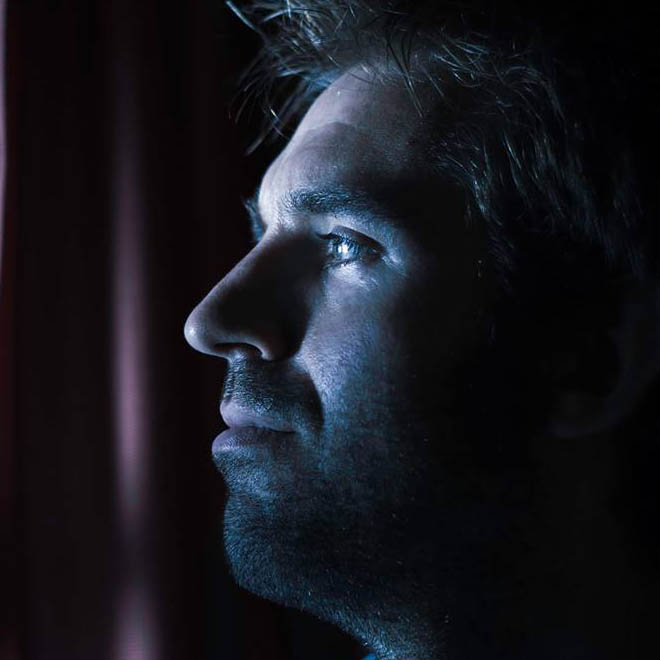

This weekend Camerimage International Film Festival kicks off in Bydgoszcz, Poland. Once again, filmmakers from around the world will descend on the riverside Opera Nova and other venues to celebrate the art of motion picture imaging. Here are a few reasons why many cinematographers, gaffers, camera assistants and colourists consider Camerimage an unmissable event.
1. Trends
Camerimage reveals the latest trends, hot topics and burning issues facing DPs and those who work with them. A glance through this year’s programme shows that large-format is high on the agenda again, with HDR very much a presence too, and a seminar on the changing landscape of film and TV underscoring the continuing impact of Netflix and the like on every aspect of production. Other themes can be discerned after attending a number of seminars; last year, for example, I observed that many DPs were concerned about how their vision could be completely altered in postproduction.
2. New equipment
A good DP or gaffer should always keep abreast of the tools available to them, and although it’s less spacious than the BSC Expo or the Media Production Show, the upper foyer of the Opera Nova still hosts all the major players displaying their latest lights, lenses and cameras. It’s a great opportunity to peer through the viewfinder which shot the latest Star Wars film, or try out the funky flares on the newest anamorphic glass. Many of the manufacturers back their displays up with promotional panel talks revealing how the equipment has been used in the field, which are always interesting.
3. Behind the scenes
Camerimage provides an unparalleled opportunity to hear about the techniques of the top DPs shooting your favourite films and series straight from the horse’s mouth. Last year’s festival provided the inside scoop on contemporary hit series like Glow, Mr Robot, Mindhunter and Arrested Development, as well as classic movies like Braveheart and The Thin Red Line. With every session featuring a Q&A, you can even ask your own questions about the cinematography of the shows you’ve been bingeing!
4. Practical demonstrations
Stephen Goldblatt’s workshop was a highlight of last year’s Camerimage for me; a chance to watch an extremely experienced DP actually light a scene on a real set in front of me, explaining all his decisions as he went. Talk is all well and good, and you will hear many wise words at Camerimage, but nothing compares to seeing firsthand the approach of a master.
5. Postproduction
Camerimage recognises the huge contribution that colourists make to the art of cinematography, and this is reflected in the seminar programme. It is fascinating and instructive to hear how colourists have prepped and collaborated with DPs, along with the details of their workflows to execute the looks on set and in the grading suite. It’s also a great way to learn about new technology, new practices and new possibilities that you might be able to use on your own productions.
6. Networking
Like any good festival, the people you meet in the cinemas and lecture theatres, and of course in the bars, are a vital part of the experience. If you’re looking to crew up your next camera, grip or lighting department, or you’re an assistant trying to get into one of these departments, there will be plenty of opportunities at Camerimage to hand out business cards and make connections. In an industry where there’s so much competition, it’s a wonderful, relaxed opportunity to chat and swap tips with your own peers too, DP to DP, AC to AC, gaffer to gaffer.
For more information visit the Camerimage website.
Tags: Production


Comments